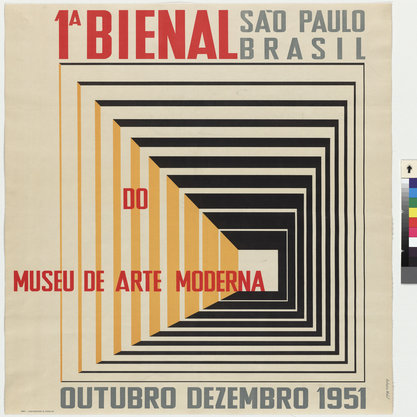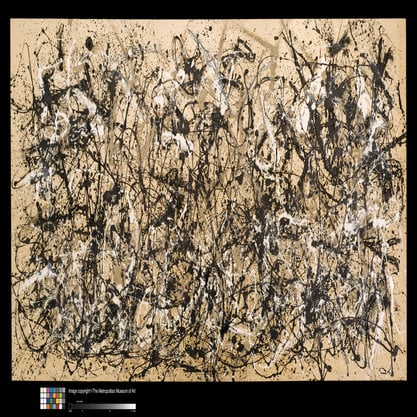Article
Clark, Lygia (1920–1988) By Heeren, Alice
Article
Lygia Clark was born in 1920 in Belo Horizonte, Brazil. She studied with Roberto Burle Marx before leaving for Europe to learn from Fernand Léger. During the 1950s she was part of the Grupo Frente and like other artists in the group she would soon begin to subvert the rationalist premises of concrete art and experiment with materials, space, and collaborative practices. From the early stages of her abstract art, Clark was concerned with the need for totality in her work, and for creating a living “thing.” The Bichos [Critters] (1960–1966) are among Clark’s most influential works and they manifest these concerns; the artist perceived them as having their own will instead of being completely passive to manipulation. Clark argued that the Bichos, more than simple artistic objects, initiate and are active subjects in the viewer’s experience. Clark, like other artists of this generation such as Hélio Oiticica and Lygia Pape, took the teachings of iconic modernists such as Piet Mondrian, Max Bill, and Kasimir Malevich, and elaborated on them to arrive at a practice that walked the line between activism, and participatory and therapeutic practices.



